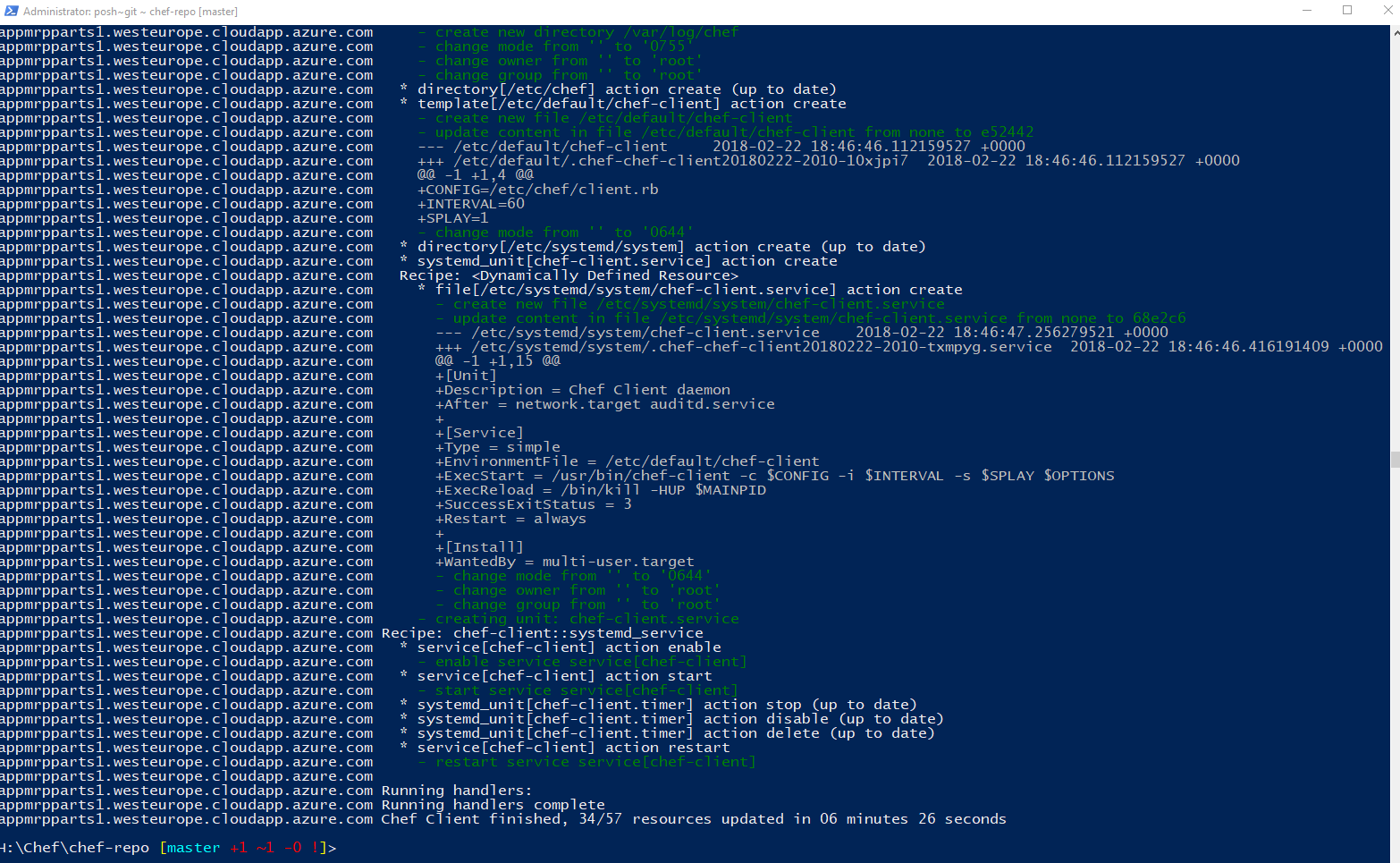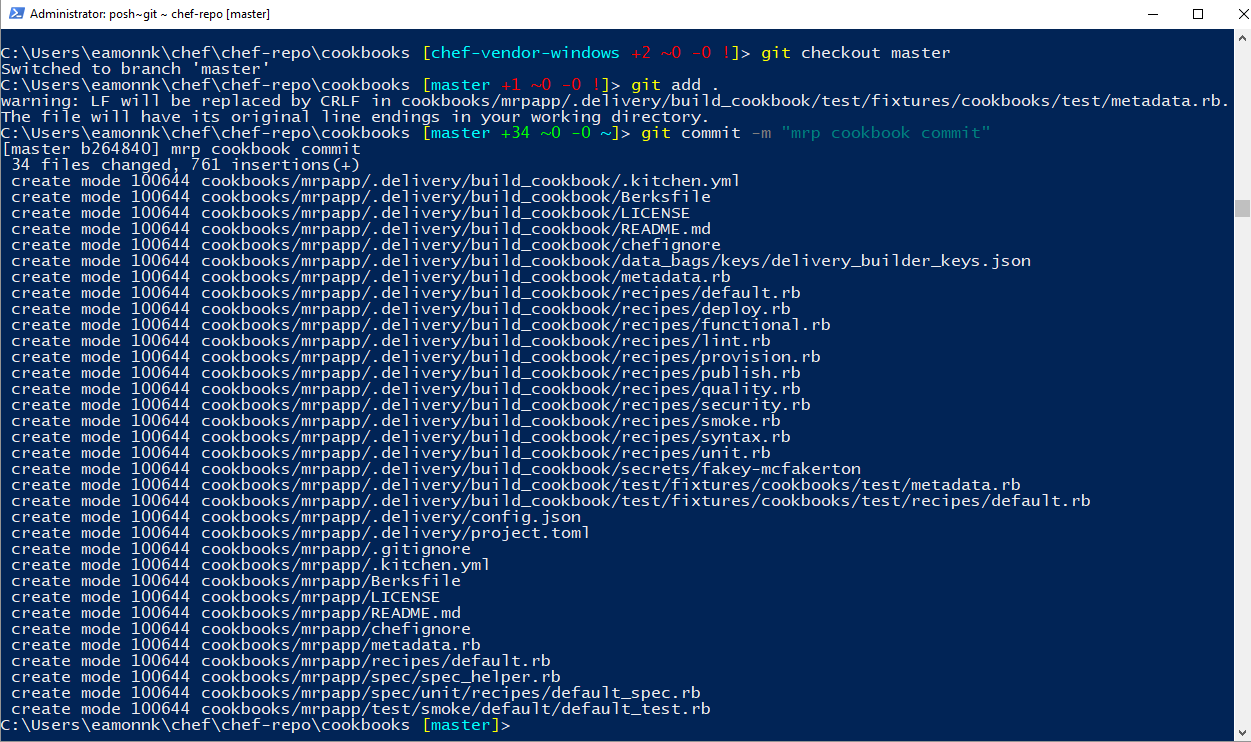Table of Content
When the administrator or developer makes a change on the workstation, it is transmitted to the server. Once there, you prepare for it to be sent to the node. That makes it potential for you to roll out patches and updates across your whole infrastructure by changing a recipe, without any must work together with each machine individually. Using Chef, you merely clone the present platform to a test platform. There’s no need to set up servers or clusters by hand. Your check platform may be the public cloud you’re already utilizing for manufacturing.

If you present a configuration file throughout deployment (chef-automate deploy /path/to/config.toml), you should specify any proxy settings in that configuration file. The chef-automate init-config command generates an annotated Chef Automate configuration file with the basic settings wanted to deploy Chef Automate. This section describes these settings and the method to change them on an existing Chef Automate set up. Chef is an open source cloud configuration administration and deployment software. It's meant to assist anyone orchestrate servers in a cloud or simply in a departmental knowledge middle.
Be Taught Chef
So knife is actually capable of doing capistrano-esque tasks – particularly, working a command across multiple servers. The command-line tool used to addContent cookbooks is called a knife and the knife command to execute an addContent is ‘knife upload cookbookname‘. A Chef repository that stores its cookbooks known as a bookshelf. Chef Nodes – these are the servers to which Chef forwards its adjustments, mainly numerous machines that need the benefits of automation. Nodes may be virtual servers, storage, container, and network units that Chef can manage.

As talked about earlier, Chef is used to automating the process of infrastructure provisioning. The Chef software helps in speeding up the deployment course of and software delivery. Being a DevOps software it helps in streamlining the configuration task and managing the company's server.
Download The Chef Automate Command-line Device
A Chef is an open-source declarative configuration administration software and automation platform that translates infrastructure to code using parts, similar to a Chef server and workstation. Chef is written in Ruby to develop building blocks corresponding to recipes and cookbooks. It makes deployment and development processes more efficient and predictable, testing processes higher, centralizing versioning, and simply reproducing environments throughout all servers. A chef is an open-source configuration administration software that uses Ruby to develop important building blocks like recipes and cookbooks. It is an automation device that converts infrastructure to code.

Configure every OpenSearch node with a S3 client configuration containing the proper S3 endpoint, credentials, and different settings as described within the OpenSearch documentation. In case you wish to resolve the OpenSearch node IPs dynamically using DNS servers, you probably can add resolvers/nameservers to the configuration. You can configure Chef Automate to use PostgreSQL and OpenSearch clusters that aren't deployed by way of Chef Automate. The instructions under are intended for use solely during the initial deployment of Chef Automate.
Practitioners: Learn Our Products
It works properly enough, nevertheless it does not assist a number of apps on the identical instance (which is something that is shortly changing into a requirement for me). So i am very interested in the thought of a single tool / workflow which can provision a server, bootstrap it, and deploy quite so much of initiatives. The Chef deployment course of wants the following steps to determine end-to-end connectivity between the workstation and the Chef consumer. The code is created on the Chef workstation and is stored in a file often recognized as the recipe.

Private Chef – all the parts of Chef are throughout the bounds of the identical enterprise community. Provider is given a precise revision to deploy, it'll behave in an idempotent manner. Where a resource represents a bit of the system , a supplier defines the steps which might be wanted to deliver that piece of the system from its current state into the specified state. Of the useful resource block See “Syntax” part above for extra information. Property—a frequent attribute obtainable to all resources—to alert two providers (named “foo” and “bar”) that they should restart. This could occur if the IDP Login page has inline javascript, which the CSP header prevents from getting evaluated by default.
Deploy Chef Automate
Chef Work Station – these are PCs or virtual servers the place the Chef configuration code is created, tested and revised. Provider, the identical set of actions and attributes, and is identical to the deploy_revision resource. If you are acquainted with Capistrano, the following examples ought to assist you realize when to use the various callbacks which are out there. During preliminary deployment, you can't change the admin username, name, and password set. Update your Chef Automate configuration by generating a configuration part and applying it with the chef-automate config patch.
I wrote the following article describing tips on how to go about deploying Ruby on Rails utilizing chef. Just out of curiosity, why are you making an attempt to switch to deploying with chef? We do not currently enable content pasted from ChatGPT on Stack Overflow; learn our policy right here. The extra arguments that are handed to the Subversion command. # data collector requests to remain inflight concurrently. You can specify the maximum number of inflight information collector requests.
This helps avoid server bottlenecks and enables Chef to scale for massive node deployments. You don’t want to start from scratch; that’s the purpose of starting with a recipe as a template. Over 3,000 cookbooks assist you to to set up net servers, software servers, database servers, and dozens of different forms of servers. Chef Habitat features a quantity of container ecosystem integrations to assist in orchestrating these workloads.

To pressure a re-deploy, delete the deployment listing or delete the cache file. Directory to maintain the information stored there independent of the code in the supply repository. Create a storage bucket and configure a service account to access it per the steps described within the OpenSearch documentation. Configure the OpenSearch path.repo setting on each node as described within the OpenSearch documentation. Open config.toml and take away the esgateway.v1.sys.ngx.main.resolvers configuration or change the values. This command upgrades Chef Automate to the most recent model available out of your launch channel.
No comments:
Post a Comment